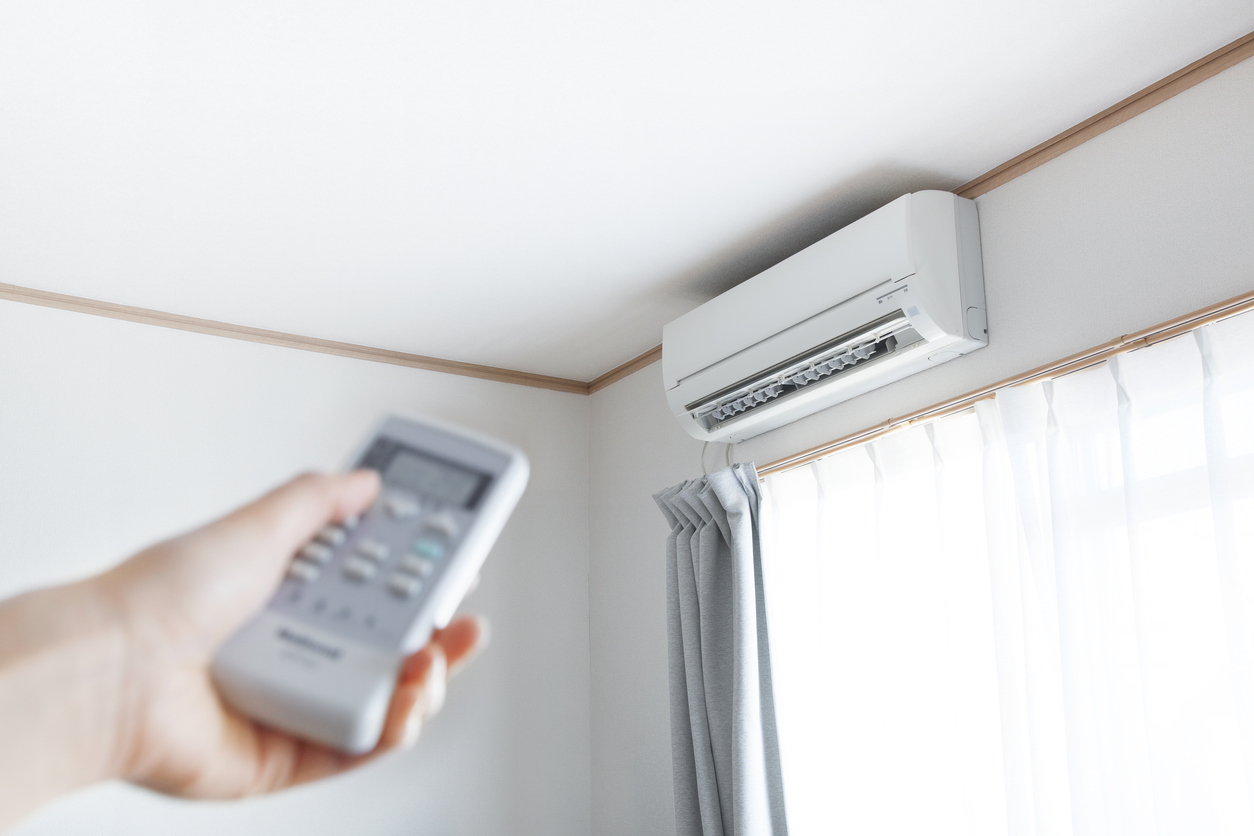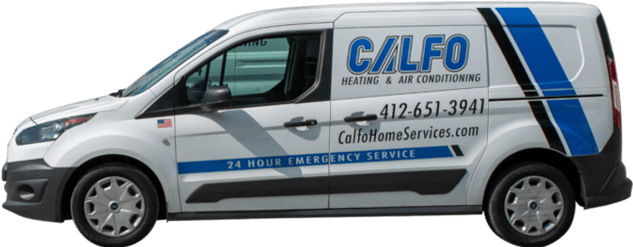Mini split systems, also known as ductless mini split systems, provide a versatile alternative to traditional HVAC systems. These systems have an outdoor component and one or more indoor components. These units are connected by a conduit that houses the power cable, refrigerant tubing, suction tubing, and a condensate drain, but do not require duct work.
Advantages of Mini Split Systems
Energy Efficiency Advantages of Ductless Systems
Mini splits often feature variable-speed compressors that adjust output based on the heating or cooling needs, which reduces energy consumption (and energy bills!), they minimize energy loss by delivering air directly to the desired space, unlike traditional HVAC systems that can lose energy through ductwork. These systems typically have high Seasonal Energy Efficiency Ratio (SEER) ratings, meaning they have better energy efficiency than many central HVAC systems.
Easy Installation of Ductless AC Systems
These units do not require extensive ductwork like central AC units, making installation easier and less time-consuming. This is particularly beneficial for older homes or buildings without existing ductwork. The indoor units are flexible in placement and can be mounted on walls, ceilings, or floors to suit various room configurations and aesthetic preferences.
Zoning and Flexibility
Each indoor unit operates independently, allowing for customized temperature control in different rooms or zones. This allows for energy savings, as you can cool the rooms needed rather than the entire home.
Improved Indoor Air Quality
Mini split systems have filtration systems that help remove dust, allergens, and other airborne particles, improving indoor air quality. These systems also help control humidity levels, reducing the risk of mold growth.
Quiet Operation
Mini split systems are designed to operate quietly, with both indoor and outdoor units generating minimal noise. This makes them ideal for bedrooms, offices, and other noise-sensitive areas.
Compact and Discreet Design
Their compact size makes them suitable for small spaces where traditional HVAC systems might not fit.
Cost Advantages of Mini Split Systems
Due to their high efficiency and zoning capabilities, mini splits often result in lower monthly energy bills than central HVAC systems. Although the initial cost may be higher, the long-term savings on energy bills and maintenance help to offset the upfront investment.
Disadvantages of Mini Split Systems
Higher Initial Cost
The cost of the units themselves can be higher than other types of heating and cooling systems.
Aesthetic Impact
Indoor units are mounted on walls or ceilings, which some homeowners may feel can clash with their home aesthetic. Systems like Mitsubishi Electric are popular in homes that value interior design.
Maintenance and Cleaning
The filters and coils in mini split systems require regular cleaning to maintain efficiency and air quality. This can be more frequent and laborious than central HVAC systems. While some maintenance can be done by the homeowner, other tasks may require professional servicing, but luckily you have us! If you find that your system needs professional maintenance, schedule an appointment with Calfo Home Services or give us a call!
Limited Range of Ductless AC Systems
Each indoor unit covers a limited area. This means multiple indoor units are needed for larger zones or multiple rooms.
Energy Efficiency at Extreme Temperatures
They may lose efficiency in extreme temperatures, making them less effective than other HVAC systems designed specifically for those conditions. In very cold climates, a supplemental heating system may be necessary, as mini splits might struggle to provide ample heating.
Electrical Requirements of Mini Split Systems
They often require a dedicated electrical circuit, which can add to the installation complexity and cost.
Ductless Systems vs. Traditional HVAC Systems
Installation
- Mini – splits are generally easier to install as individual units as they don’t require ductwork. These systems are also less invasive installation process.
- Traditional HVAC Systems require extensive ductwork, which can be invasive and time-consuming.
- However, it’s important to note that a ductless air conditioner still requires professional installation. It requires handling of refrigerant lines and high-voltage electrical connections to ensure proper sizing and placement.
Cost
- Ductless installation generally costs more per unit than a central HVAC system. However, due to their energy efficiency, these systems usually have lower energy bill costs, ensuring better peace of mind.
- Traditional HVAC Systems typically cost less per unit but end up having a higher overall installation cost if ductwork is needed. These systems can have higher operational costs due to potential energy losses in ductwork.
Energy Efficiency
- They have high energy efficiency because the systems operate by room, allowing you to save on energy costs. As a bonus, they can be turned on only when needed, reducing waste.
- Traditional HVAC Systems can be less energy efficient due to energy losses in ductwork. Also, whole-house heating/cooling can lead to energy inefficiencies.
Aesthetics
- Units such as Mitsubishi Electric are mounted on walls or ceilings, which can affect room aesthetics.
- Traditional HVAC Systems are centralized, usually consisting of hidden systems with unobtrusive vents. Their outdoor compressor units are a bit larger than mini splits, however,these outdoor units are usually installed out of sight.
Noise Levels
- They are generally quieter than traditional systems. This is partly because unlike traditional central air systems, which rely on ductwork to distribute air, ductless mini-splits deliver conditioned air directly from the air handler into the room.
- Central air conditioning systems can be noisier due to central fan and duct vibrations.
Ductless Heating Vs. Traditional
- They can function as ductless heat pumps in heating mode, providing efficient heating in mild to moderate climates. However, these units can need supplemental heating in extreme cold.
- Traditional HVAC Systems have robust heating capability, suitable for very cold Pittsburgh winters.
- Ductless air conditioners and ductless heat pumps come in different sizes and types. Inquire with Calfo to learn which may be right for your home.
Air Quality
- Mini Split Systems have built-in filters that improve air quality but require regular cleanings.
- Traditional HVAC Systems have central air filters that can improve air quality but require regular replacement. The ducts of these systems also have a greater potential for dust and allergens.
Is a Ductless Unit Right For Your Pittsburgh Home?
The biggest thing to consider as a Pittsburgh resident before getting a mini split system: the region’s winters may be challenging for these systems, so looking for models that can handle low temperatures is important.
However, mini split systems work well for cooling the area’s hot, humid summers. Mini split systems are a great choice for Pittsburgh homes, especially those without ductwork, offering efficient, flexible, and quiet heating and cooling. Whether you’re thinking a mini split system is right for your home, or if you’re not quite sure and would like to explore your options, give us a call and allow us to walk you through your options and what HVAC system is best for your home.


